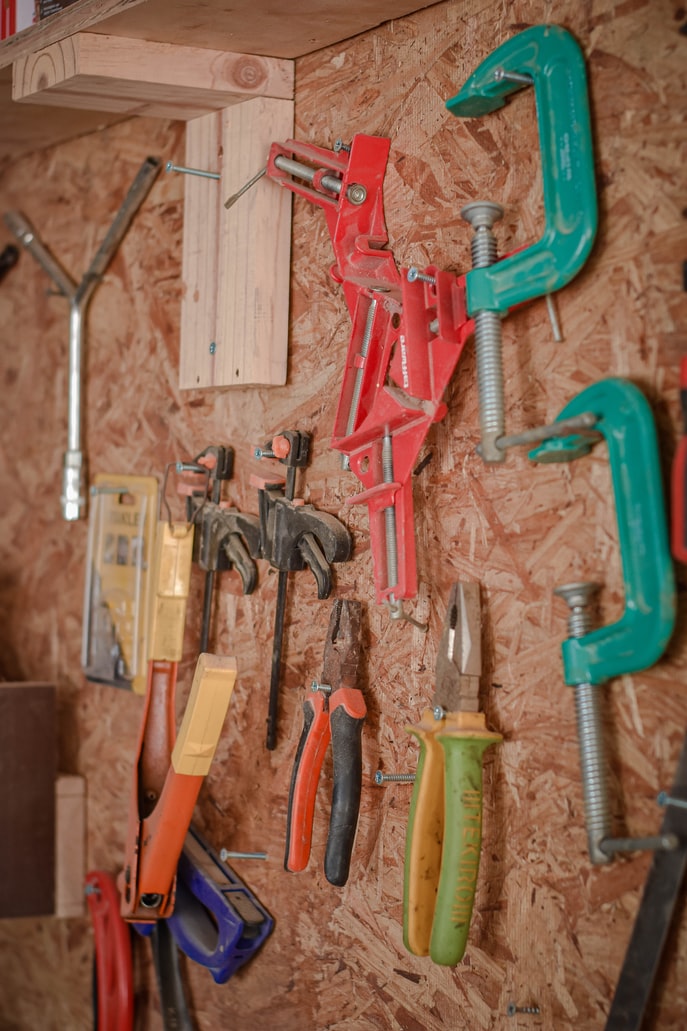Versatility is one of the features that you want to look into when purchasing a home improvement or DIY tool. Not only will it save you money because you don’t have to buy multiple tools, but you can also free up your storage and workspace.
That said, an oscillating tool is a fundamental piece of handheld equipment that beginners and experienced crafters or DIYers must have in their arsenal. What kind of things can you do with an oscillating tool?
Based on oscillating tool vs Dremel comparisons, you’ll find that it is a go-to repair and remodeling tool that is more convenient than more specific power tools. Use this handheld tool for cutting, sanding, scraping, sawing, and more. All you need to do is have the right attachments on hand. Click here to learn why is a proper sand pad impact for construction.
What Kind of Things Can You Do With an Oscillating Tool?
With the number of available attachments for an oscillating tool, you can accomplish several simple to complex tasks. Below are five of the most notable ones highly recommended by experts:
1. Straight, Plunge, and Flush Cutting
Definitely, one of the top uses of an oscillating tool is to cut through several materials, especially wood and metal. Thanks to its wide surface area, you can make long, straight cuts by attaching a half-moon-shaped blade. The blade’s design also lets you create a straight line and cut the material quickly.
Similarly, achieving clean, square plunge cuts, such as those intended for electrical boxes and switches, is possible with the right blade attachment. You’ll want to use a straight blade for this, specifically those made of carbide or bimetal. They can withstand the impact when they come in contact with screws or nails.
It’s a difficult task to accomplish, so make sure you practice how to do it multiple times before applying it to your actual project. You can also use this tool to finish plunge cuts on tougher materials that have been started using a different tool.
Flush-cutting tubing and steel are also possible by attaching a bimetal blade. You can easily remove nails poking out without disturbing or damaging its surrounding.
2. Undercutting
Professionals and home DIYers can neatly install or make room for new floors or tiles in any existing space by cutting trims and doorjambs. In the past, the best tool for this task was the flush-cut circular saw, which was expensive and quite dangerous. Some also do it by cutting materials by hand, which is time-consuming and laborious.
The oscillating tool makes accomplishing these tasks quicker and easier. All you have to do is attach the right blade or cutting accessory. Experts suggest using blades with Japanese teeth if you work on hardwood trim, while carbide blades are ideal for woods with nails.
3. Sanding
Another task that you can accomplish with your oscillating tool is sanding, especially over small areas and items or those with narrow edges. That’s all thanks to its long, narrow shape and its design that allows you to control it well.
Of course, you can’t replace a handheld sander. However, you can smoothen out shutters, furniture pieces, and doors with an oscillating tool using an attached triangular sanding pad. You can also sand any bare, shiny metal.
4. Peeling, Grinding, or Removing Certain Materials
You can attach a smooth scraper blade to an oscillating tool to remove or peel off caulk easily and efficiently from a surface. In fact, experienced individuals will leave most of the underneath material unscathed.
Similarly, there’s an abrasive-type attachment or carbide-grit grinding pad perfect for glue, grout, or thin-set mortar removal both from the surface and the material. Attaching a carbide-grit blade will allow you to grind grout between tile joints.
Even better, the dust coming from the grout and procedure won’t get spewed in your house. Thus, it’s the perfect tool when one of your tiles pops off your wall, countertop, or floor. There’s no doubt you’ll enjoy your bathroom, kitchen, and shower repair and remodel projects when you use an oscillating tool.
5. Scraping
With a steel scraper blade attached to an oscillating tool, you can efficiently scrape off old or blistered loose paint or any form of coating, unidentifiable gunk or dirt, and old linoleum flooring. However, remember that you can’t use it for large areas or your entire flooring because of the tool’s size. For this task, get a floor scraper instead.
The Handy Tool for Most of Your Projects
Once you use an oscillating tool, you’ll wonder why you’ve never thought of owning one and learning about it before. It’s a grinder, sander, scraper, and saw combined in one tool. What’s more, you can use it for several materials, such as aluminum, steel, plastic, hardwood, and softwood. The best thing about this handheld power tool is that you can efficiently and conveniently accomplish tasks in inaccessible areas.

